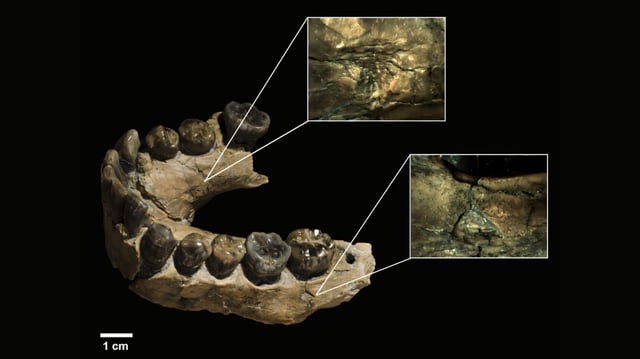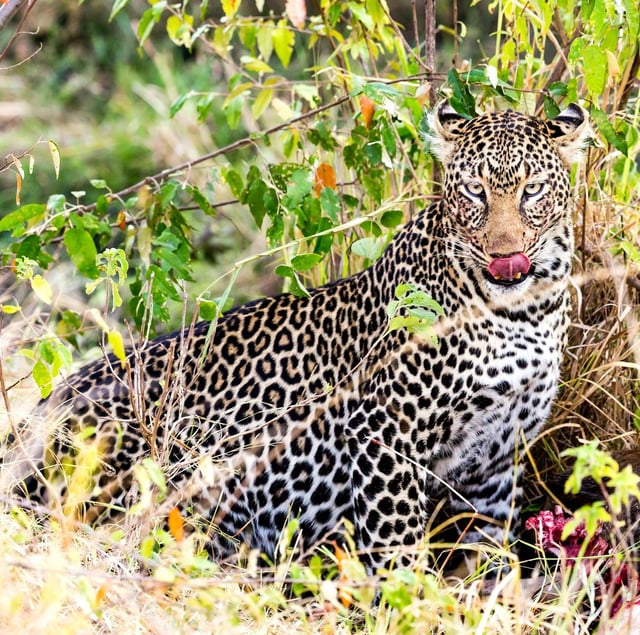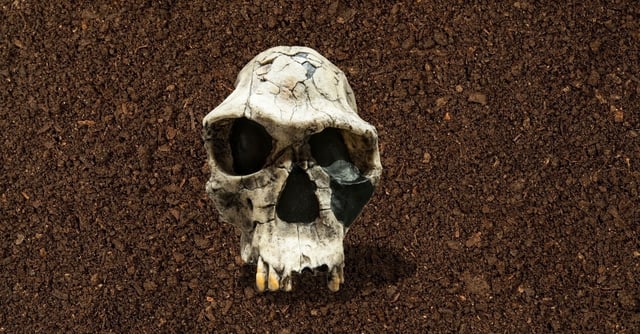Overview
- Researchers from the University of Alcalá report the findings in the Annals of the New York Academy of Sciences after reanalyzing long-studied fossils.
- The analysis focused on two individuals, OH 7 and OH 65, dating to roughly 2 million years ago from Olduvai Gorge in Tanzania.
- OH 7 shows gnawing on the mandible and parietal bones and a chewed finger, while OH 65 bears facial tooth pits consistent with a big cat attack.
- The team argues that feline bite marks indicate active predation, whereas a dominant hunter would more often show postmortem damage from bone-crushing scavengers such as hyenas.
- The results imply the rise to a top-predator niche likely occurred later in other hominins, possibly Homo erectus, and the authors stress the small sample size and the need for broader testing of the AI method.


